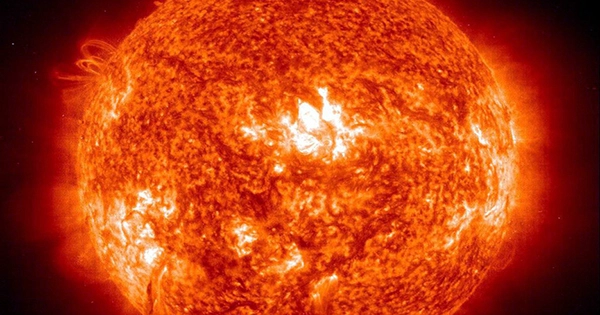The Sun is a different story; even a brief glance would damage the sensitive instruments on most professional telescopes. Most astronomical objects can be observed with a wide variety of telescopes. In order to construct and maintain telescopes ideal for observing our local light source across America, the National Solar Observatory was established. The Daniel K. Inouye Solar Telescope on Maui, Hawaii, is fully operational and has published its first photographs. It is the telescope’s most potent tool yet. These are the first photos of the chromosphere, the Sun’s atmosphere.
The photographs were shot in June when the Sun was nearly directly above the telescope’s site on Mount Haleakal, but the telescope wasn’t really put into operation until August 31.
According to National Science Foundation Director Sethuraman Panchanathan, “NSF’s Inouye Solar Telescope is the world’s most powerful solar telescope and will permanently revolutionize how we investigate and understand our sun.” The world will no longer be able to forecast and prepare for events like solar storms thanks to its knowledge.
The Sun’s “surface” is depicted in one of the just revealed photos, and its chromosphere, or intermediate atmospheric layer, is depicted in the other. Since the Sun is formed of gas, there is no solid surface. However, there are important distinctions between the Sun’s atmosphere and its core, and both require extensive study.
The Mees Solar Observatory first operated at Haleakal in 1964, but the Inouye Telescope, with a 4-meter (13-foot) diameter mirror, represents a completely new level of power. It has been in the works for almost ten years and has been planned for twenty-five years.
A solar telescope, which must distribute all the heat its enormous mirror gathers, takes a long time to reach full performance as a result of its size. Test photos of solar cells and a sunspot that resembled a close-up of an eye were published in 2020.
The resolution of the images exceeded that even managed by the European Solar Orbiter, although the satellite can also see in wavelengths obscured for land-based telescopes by our atmosphere. Thomas Rimmele boasted at the time, “The sunspot image achieves a spatial resolution about 2.5 times higher than ever achieved, showing magnetic structures as small as 20 kilometers on the surface of the Sun.”
When the test photographs were taken, the Sun was still at least halfway through its 11-year cycle, with the majority of days being sunspot-free. Little evidence of related activity, such as solar flares and coronal mass ejections, was present.
With five groups of sunspots visible today and one on the far side that is so large that it is impacting the Sun’s vibrations, the Inouye Telescope is operating at maximum capacity as the Sun achieves its peak activity.
With all of this activity, auroras have erupted in a flurry close to the Earth’s poles, but thus yet, we have been spared anything potent enough to cause significant harm. However, Venus has recently been the target of two extremely powerful solar storms that may have had serious consequences for Earth. We might be able to comprehend this solar activity peak and get ready for the next one with the help of the Inouye Solar Telescope.
















